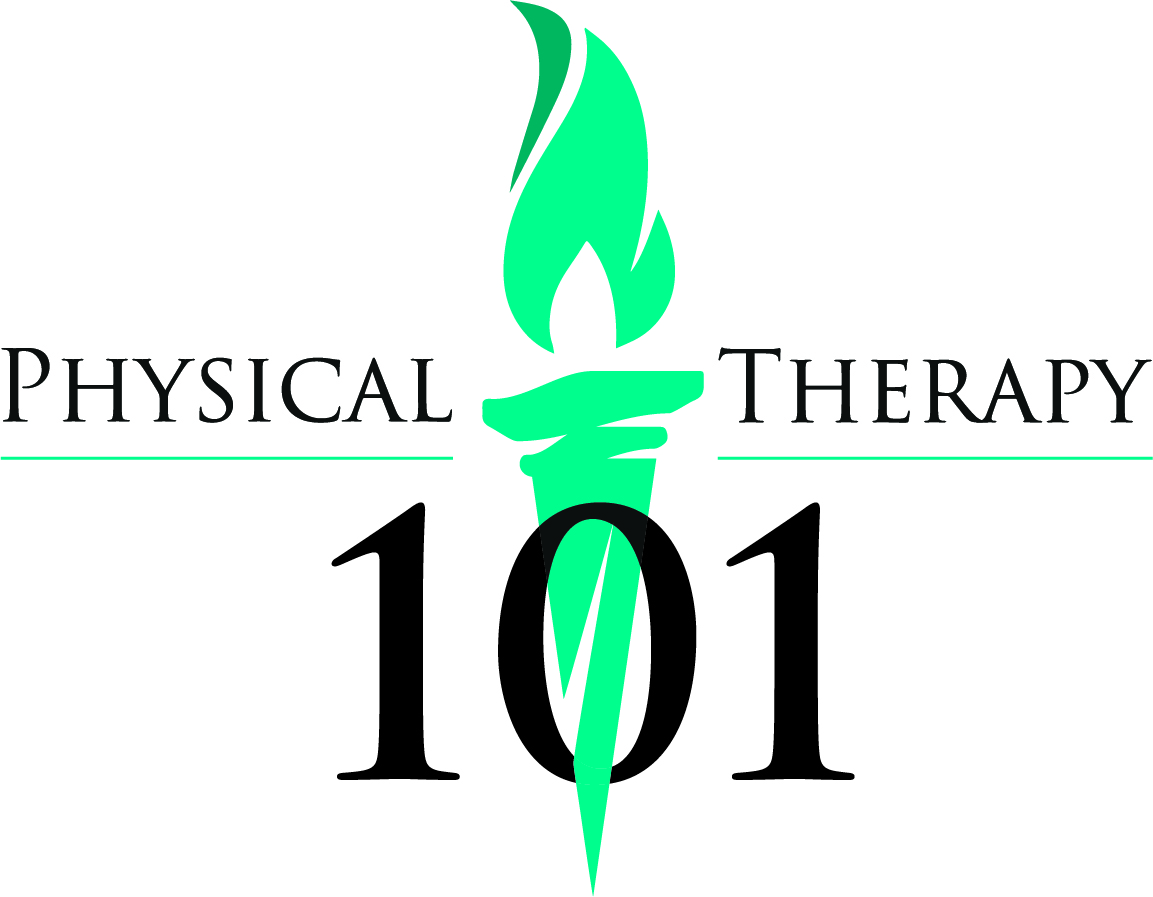Background
Shoulder Subacromial Impingement Syndrome will occur when the Subacromial Space becomes too small. Usually, the space is decreased due to poor posture and anatomical balances. This results in inflammation of the Subacromial Bursa and/or tendons which pass through this space. The tendons that can be affected are the Supraspinatus Tendon and the Long Head of the Biceps Brachii Tendon.
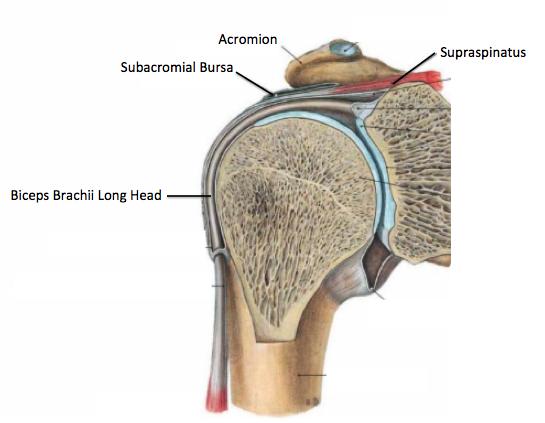
Subacromial Impingement Syndrome has been characterized by Neer as having three stages. Stage 1 typically occurs in individuals who are younger than 25 years old. They have an aching discomfort in the shoulder which is typically due to an inflamed Supraspinatus and Long Head of the Biceps Brachii Tendons. Stage 2 is seen in individuals 25-40 years of age, irreversible fibrotic changes in the affected tendons are seen due to untreated chronic pain. Finally, Stage 3 involves individuals older than 40 years of age with a history of shoulder pain. These people typically have partial or full thickness tears in the Supraspinatus and/or Long Head of the Biceps Brachii Tendons. This is why rehabilitation that emphasizes on full range of motion, strength to rotator cuff and scapular stabilizers is important in recovery.
If Shoulder Impingement Syndrome is suspected, a physical examination will be performed by your healthcare provider:
More Information:
Prolonged Shoulder Impingement Syndrome Leads to Rotator Cuff Tear
Recommended Products
Treatment
To begin, start with good posture......Make sure to keep your shoulders back and thumbs facing forward.
Correct Posture
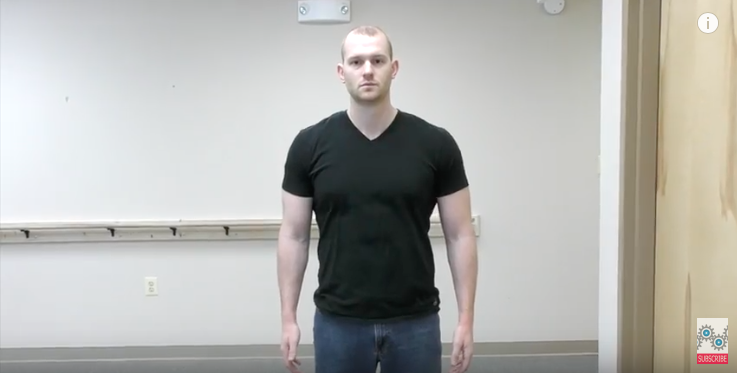
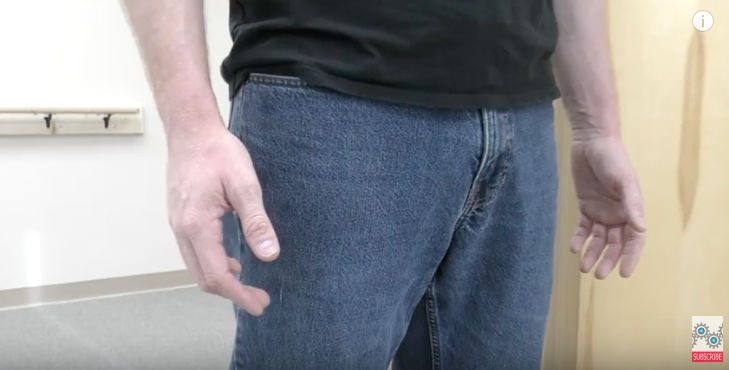
Foward rolling shoulders and thumbs facing inward will contribute to the impingement of your shoulder.
Incorrect Posture
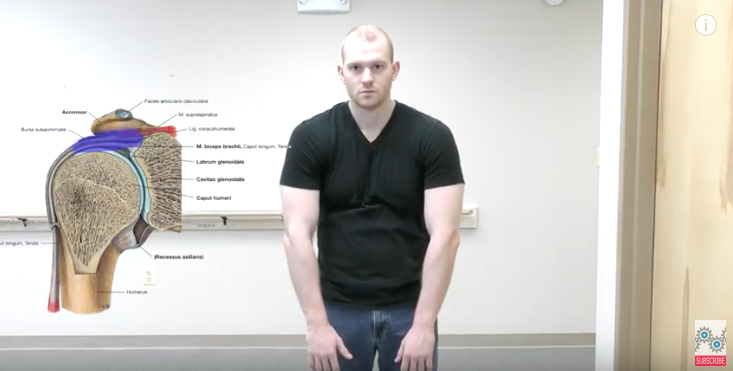
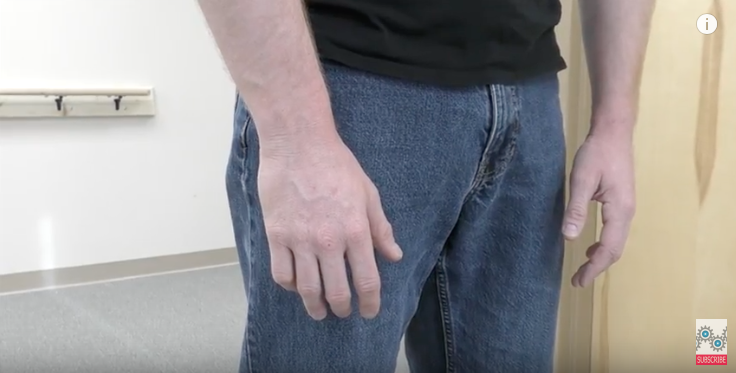
Take your flexible band and shut it in a door.
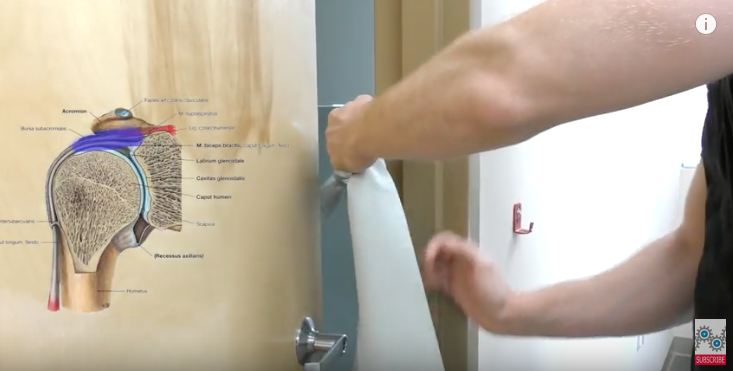
Now evenly pull back and pinch your shoulder blades together. The motion should mimic the motion used when pulling on the reins of a horse to have him stop. If there is not enough tension, you may use a stronger band or step further way from the door. Build up to 3 sets of 10 reps.
Rows
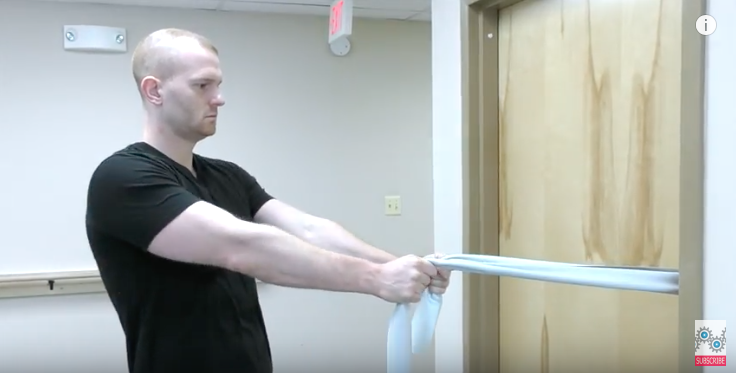
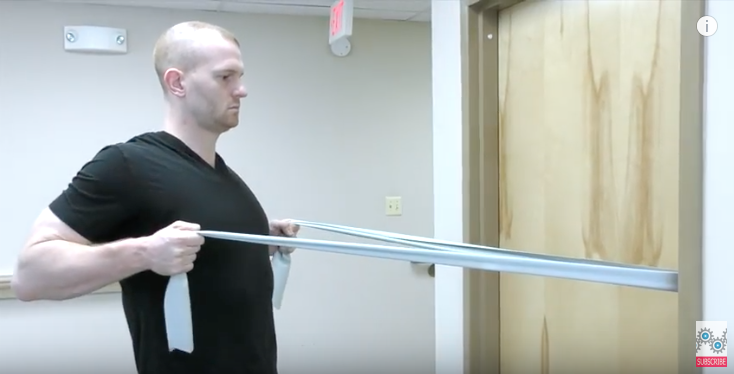
Next use your band again, but this time pull down and back. Make sure to keep the elbows locked out. Build up to 3 sets of 10 reps.
Straight Arm Pulldowns
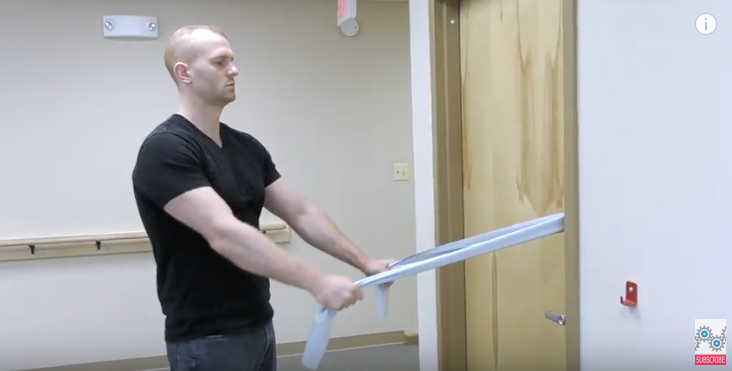
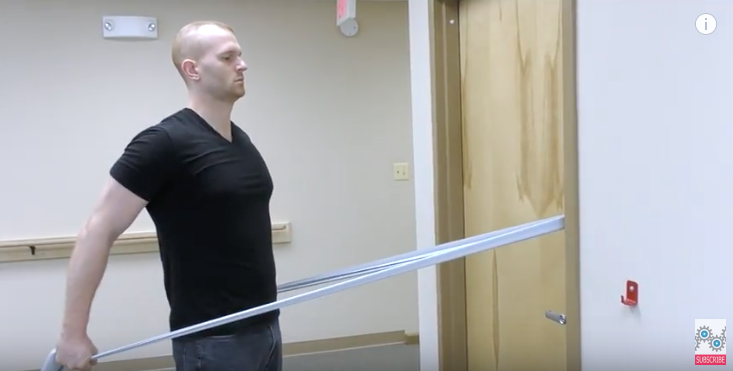 External Rotation is next. Make sure to keep the elbow by the side and control the motion going in and out. Build up to 3 sets of 10 reps.
External Rotation is next. Make sure to keep the elbow by the side and control the motion going in and out. Build up to 3 sets of 10 reps.
External Rotation
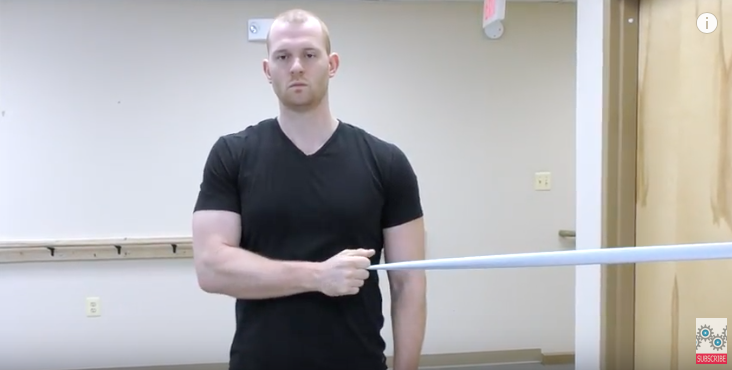
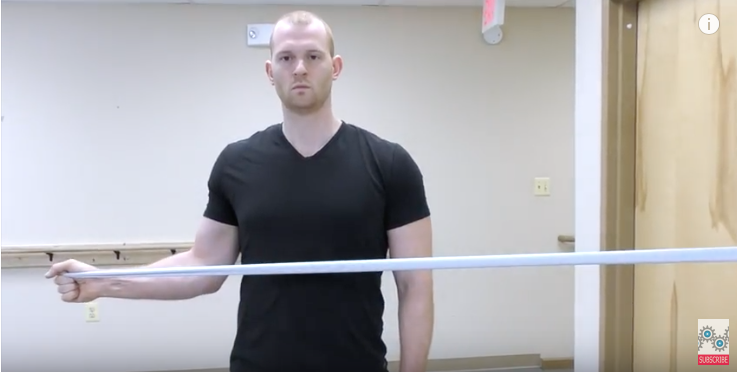
The next exercise is Internal Rotation. Like before, control the motion going in and out and lock your elbow by your side. Build up to 3 sets of 10 reps.
Internal Rotation
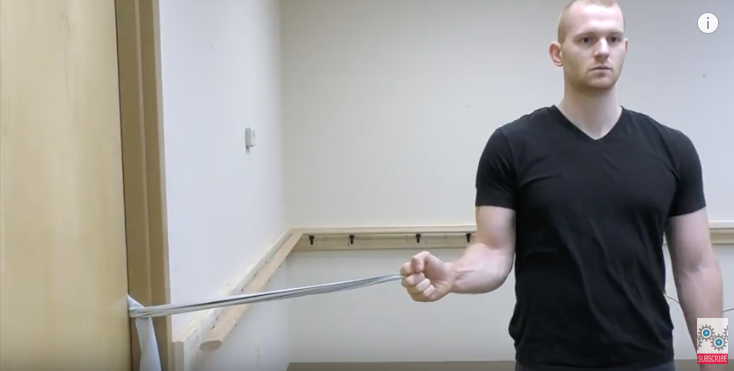
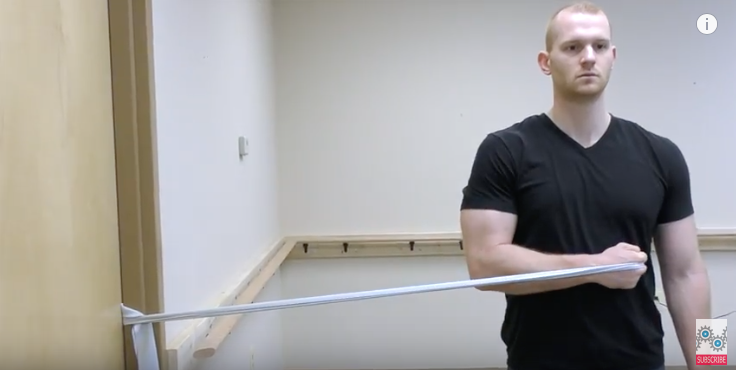 The Doorway Stretch should be held for 10-15 each and done 3 times.
The Doorway Stretch should be held for 10-15 each and done 3 times.
Doorway Stretch
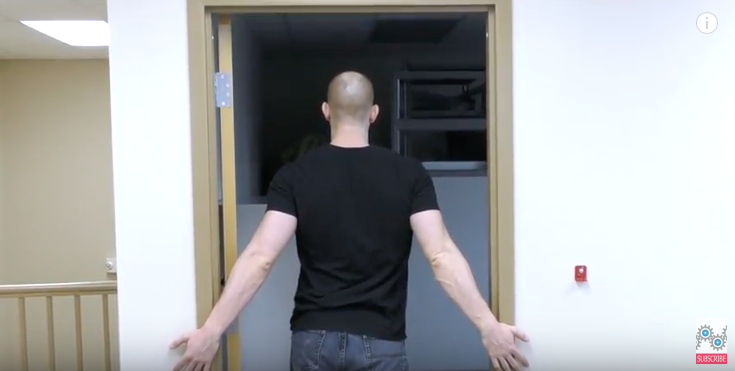
You may move the hands up or down a little to change the angle with each stretch.
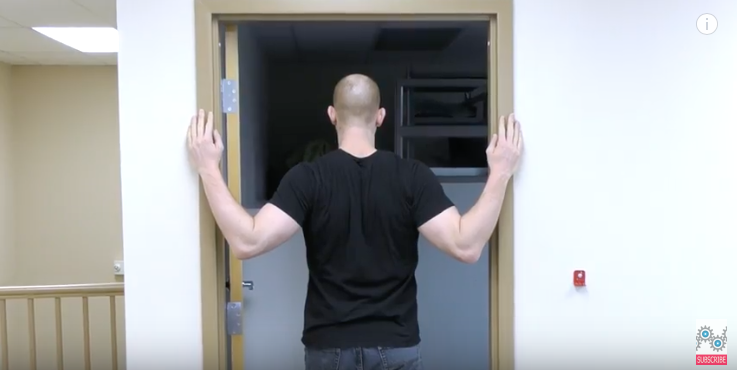
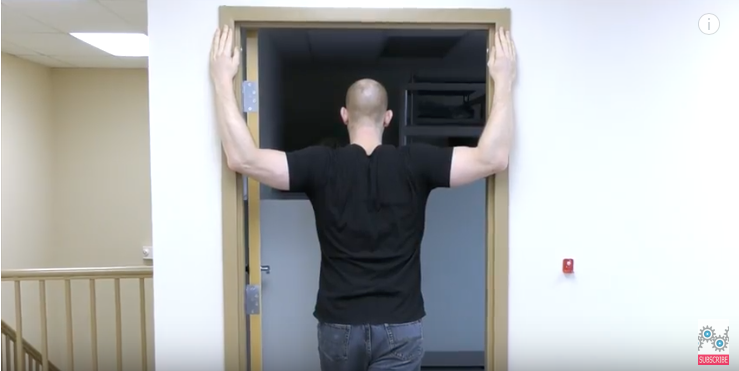 Next take your flexible band again to do Palm Up Band Pull Aparts. Make sure to pinch your shoulder blades together when you go back. Build up to 3 sets of 10 reps.
Next take your flexible band again to do Palm Up Band Pull Aparts. Make sure to pinch your shoulder blades together when you go back. Build up to 3 sets of 10 reps.
Palm Up Band Pull Aparts
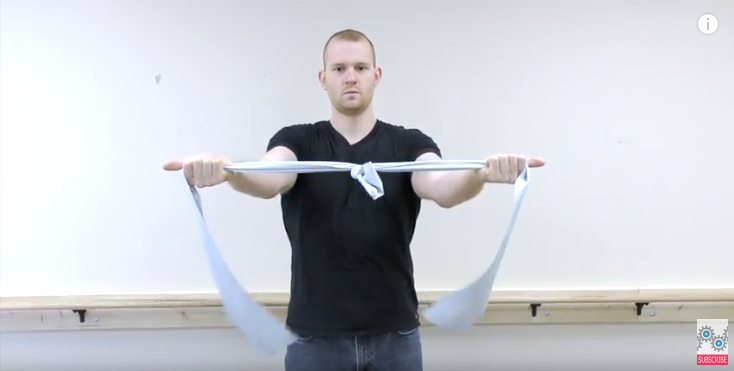
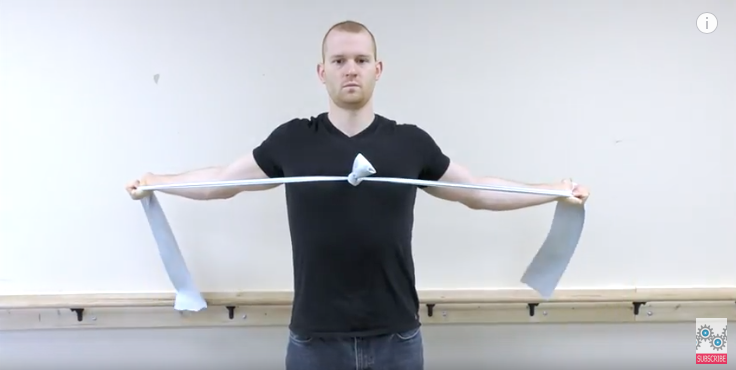
Now do a punching motion while using the band to do Serratus Punches. You will need to secure the band in the door at about waist height. Remember to build up to 3 sets of 10 reps. and do all exercises in a pain free range.
Serratus Punches
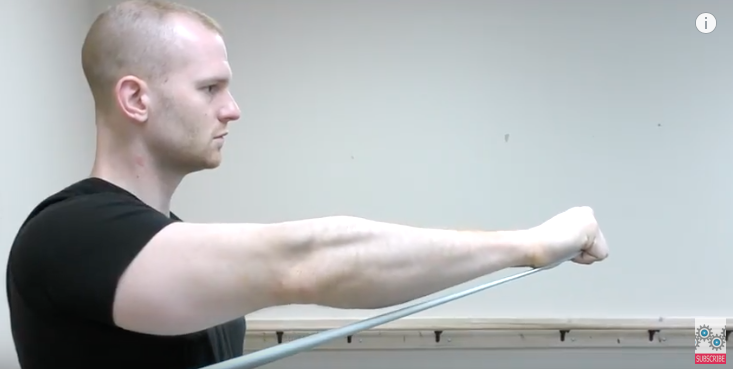
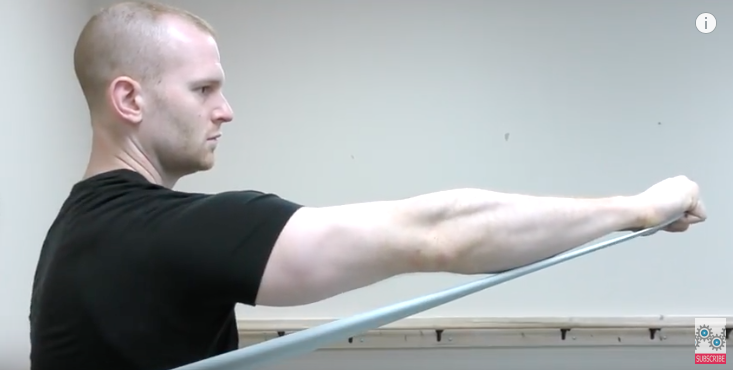
References
Escamilla RF, Hooks TR, Wilk KE. Optimal management of shoulder impingement syndrome. Open Access Journal of Sports Medicine. 2014;5:13-24. doi:10.2147/OAJSM.S36646.
Flory MD, Douglas A.; Rucinski PT, Terri Jo; Smith MD, Taylor K.; Weil MD, Arnold J. Shoulder Impingement Syndrome. The Staywell Company, 2010. Print.
Neer CS., 2nd Anterior acromioplasty for the chronic impingement syndrome in the shoulder: a preliminary report. J Bone Joint Surg Am. 1972;54(1):41–50.
Neer CS., 2nd Impingement lesions. Clin Orthop Relat Res. 1983;(173):70–77.
